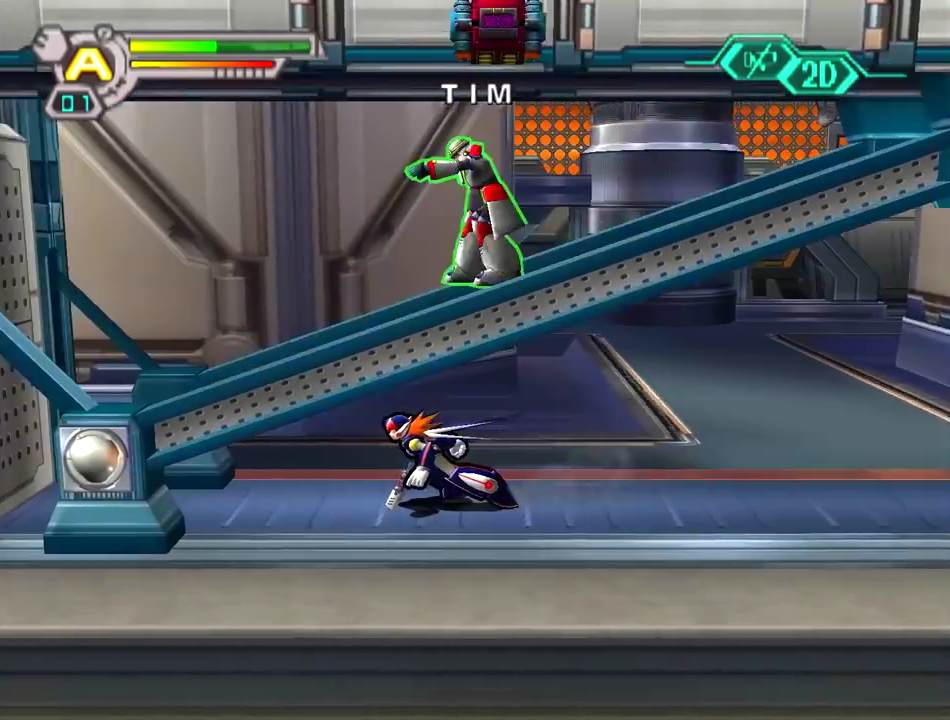
Oh, and it’s possible to scroll between weapons ingame, which is always a plus. “Easy” merely lessens the damage taken while Hard increases it, along with removing any and all pick-ups, which can come off rather cheap at times.

The new difficulties don’t change much in comparisons to Mega Man 9 and 10, or even America’s two challenge modifiers. There are even added options to tweak button configuration, auto fire, controller vibration, game speed, and difficulty options. There’s also new and old artwork to earn as completion bonuses as well as an unlockable harder difficulty and a timed boss rush mode to beat all the Robot Masters as fast as possible. Each ported title also contains an enemy database where info is unlocked in tiers as more copies of the same enemy are defeated, including bosses. At least Capcom was generous enough to allow eight slots in the all-encompassing single block of data on the memory card per game. The first major update is the ability to save progress in addition to using passwords – a nice perk for the first game – though saved data mimicks the password system of old, so progress can only be saved up to the start of the fortresses. Where these ports excel is all the extras and additions packed onto the CDs. Each game’s visuals and music is retained in their original glory in the aptly-titled Original Mode. Given the popularity of the series and the widespread prolification of PlayStation consoles, Capcom ported the six NES titles onto the Sony system in Japan as separate releases, each for the discounted price of 2800 yen.


 0 kommentar(er)
0 kommentar(er)
